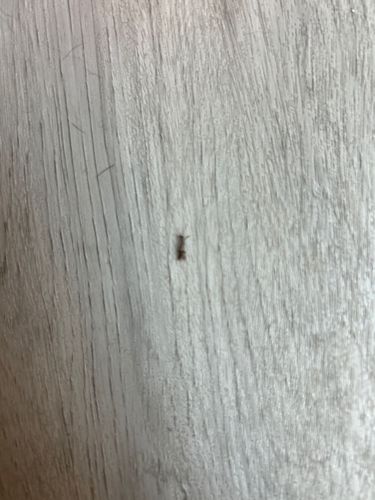Odorous House Ant
Scientific Name: Tapinoma sessile
Order & Family: Hymenoptera, Formicidae
Size: Workers typically measure 2.5 to 3.5 mm (approximately 0.1 to 0.14 inches) in length.

Natural Habitat
These ants are highly adaptable and can be found in a variety of habitats, both indoors and outdoors. Outdoors, they typically nest in shallow areas under rocks, logs, mulch, debris, concrete slabs, or in soil. Indoors, they often nest in wall voids, beneath floors, around water pipes, and in areas of moisture such as bathrooms and kitchens.
Diet & Feeding
Odorous house ants are omnivores, feeding on a wide variety of foods. Their primary diet includes sugary substances like honeydew produced by aphids and other sap-feeding insects, fruit juices, and sweets. They also consume proteins and fats, such as dead insects, meats, and pet food.
Behavior Patterns
Odorous house ants are known for their strong social structure, living in colonies that can range from a few hundred to several thousand individuals. They often forage in trails, especially after finding a food source. When crushed, they emit a distinct rotten coconut-like odor, which is defensive. They are adaptable and can establish multiple satellite nests if needed.
Risks & Benefits
Potential risks of odorous house ants primarily involve being a nuisance pest within homes. They do not sting or bite significantly, but their foraging trails can be annoying. While generally not directly harmful to humans or pets, they can contaminate food items. In outdoor environments, they can contribute to the ecosystem by helping to break down organic matter and controlling some insect populations, though usually not at a scale that provides significant benefits compared to other ant species.
Identified on: 8/30/2025